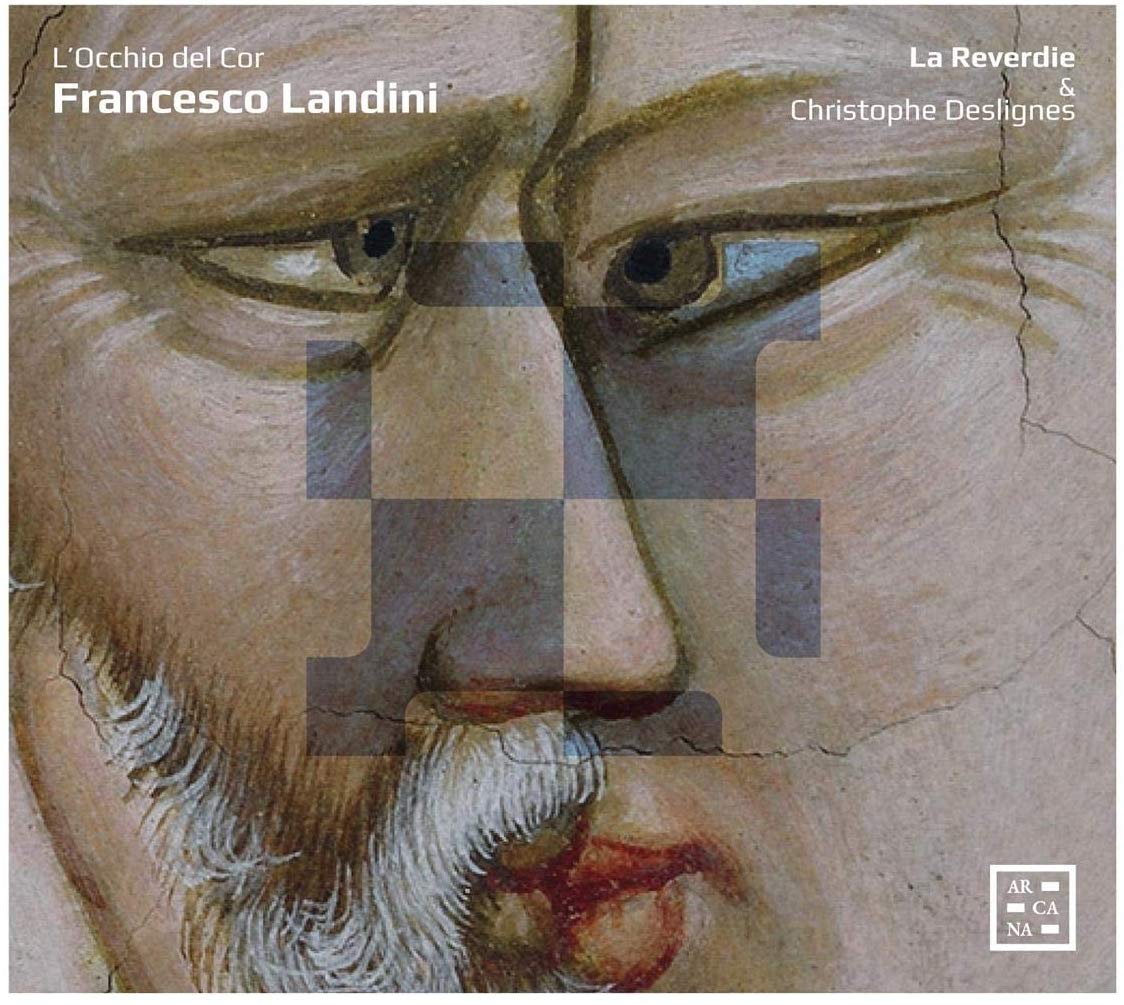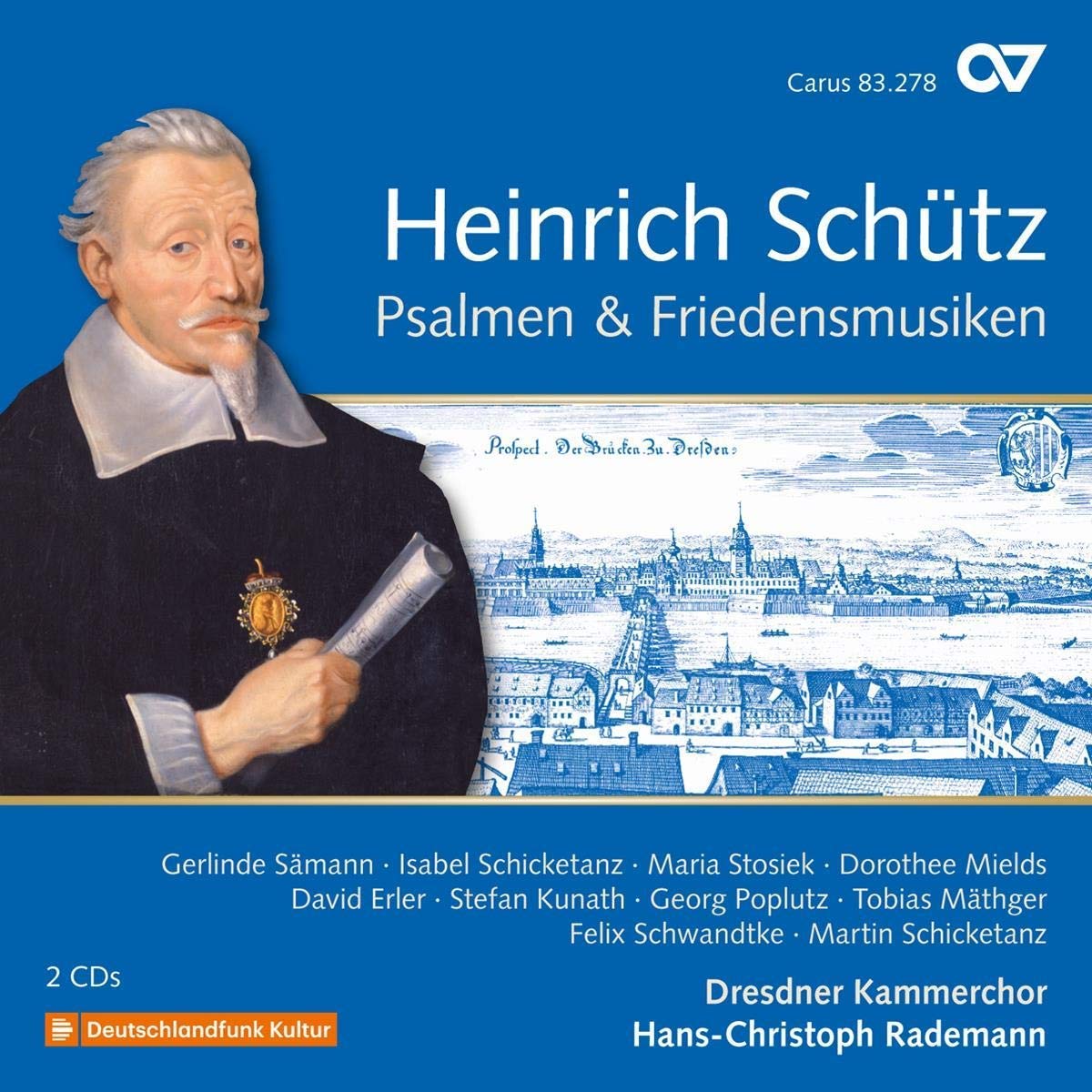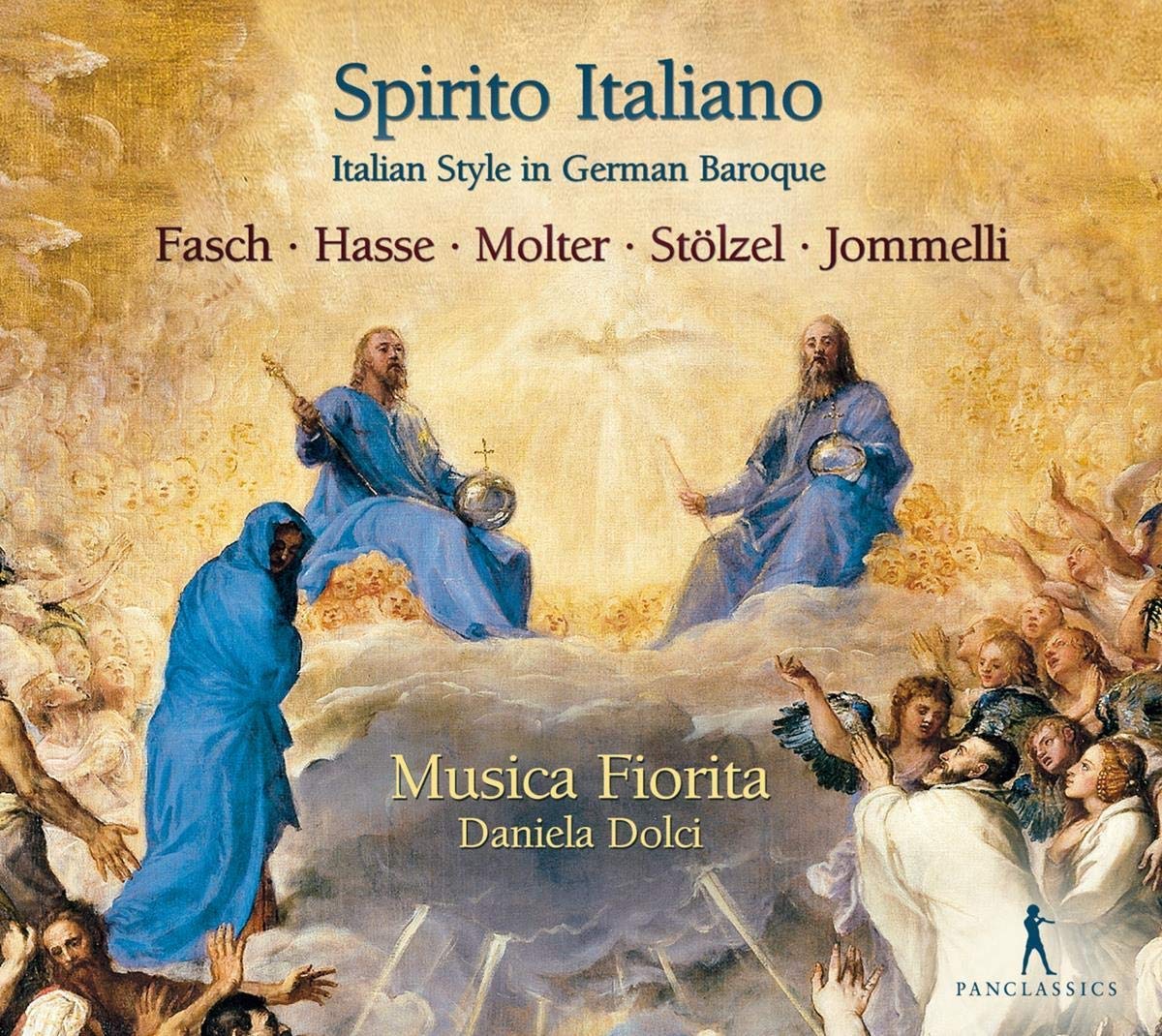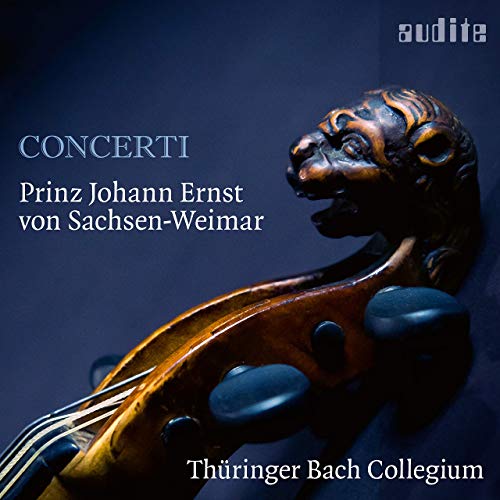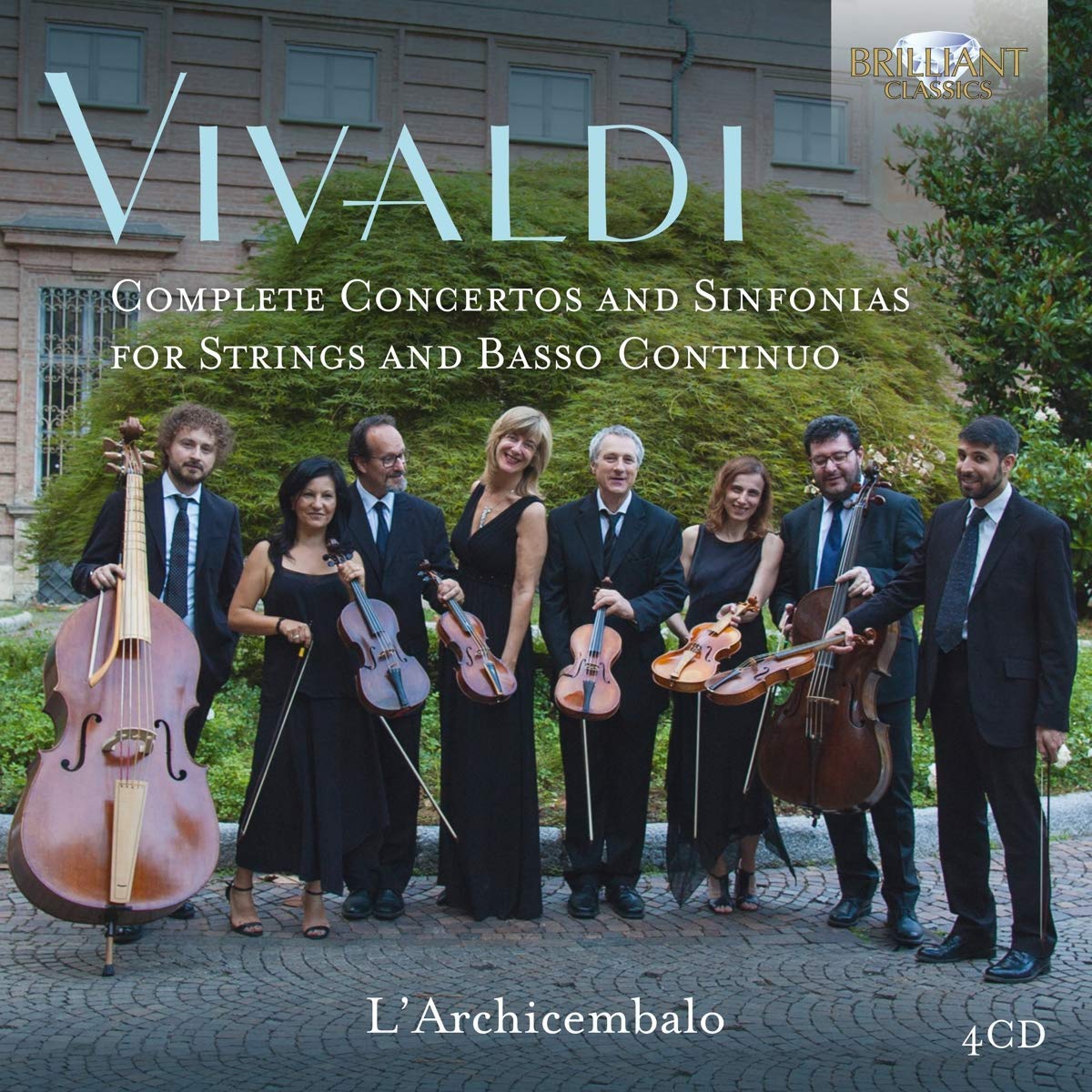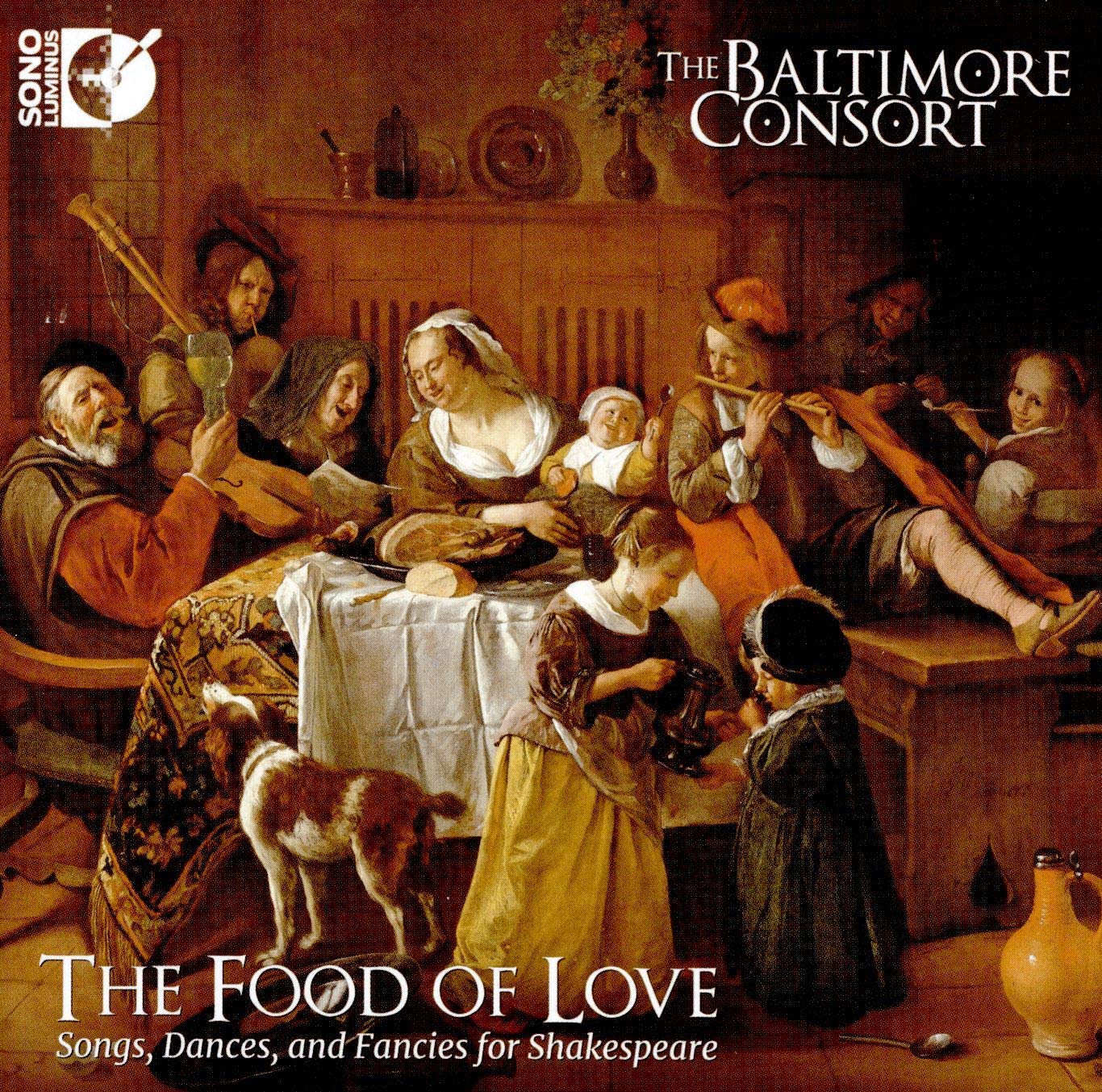Heinrich, Johann Christoph, Johann Michael & Johann Sebastian Bach
Vox Luminis, Lionel Meunier
66:30
Ricercar RIC401
After presenting the motets by the elder members of the Bach family, Vox Luminis have now turned their attention to those works from the Alte Bach Archiv – some geistliche Konzerte and some sacred cantatas – that use instruments which they couple on this fine CD with BWV 4, the early Easter cantata, Christ lag in Todesbanden.
The recording was made in L’église Notre-Dame de la Nativité in Gedinne, where the organ by Dominique Thomas was built in 2002, and the photograph on the back cover of the excellent 43-page booklet (in English, German and French) shows the ensemble standing in an extended circle to record J. C. Bach’s cantata, Es erhub sich ein Streit. The specification of the organ is given (with the Rohrflöte mistakenly listed on the Hauptwerk) and as usual with Vox Luminis recordings provides a splendid firm foundation to the whole CD. It plays at A=440hz, which is fine for these early works. As anyone who has researched and performed the early Bach cantatas knows, the problems of pitch and temperament are difficult to resolve, many of the parts being written in different key signatures implying instruments at different pitches, and violins often tuned up to A=465. (At a recent concert in the Chapter House of York Minster, Vox Luminis’s organist managed to shift the keyboard down in the middle of a concert so that after playing motets from the Bach-Archiv at 440, Jesu, meine Freude could be performed at A=415 – what would that have done to the tuning if a more outlandish temperament had been involved?)
At any rate, in this recording, every cantata sounds as if it is at just the right pitch for the voices concerned, which to my mind is the acid test. All the Vox Luminis characteristics are there: absolute clarity of the words and the vocal lines so balanced that what in other ensembles are frequently overpowering soprano and tenor voices are restrained and matched equally by the alto and bass lines, whether chorally or singing single voice lines. These limpid textures are apparent from the first piece, Ach, bleib bei uns by J. M. Bach, and this is followed by Die Furcht des Herren by J. C. Bach, written for the installation of the city council with dialogues between Wisdom and various members of the council. Ich danke dir Gott by Heinrich Bach belongs to a previous generation and is a geistliches Konzert for the 17th Sunday after Trinity with astonishingly mature and fluid writing for its five voices and five-part strings in dialogue. More opportunity to hear the solo voices with the string band is offered in Herr, der König freuet sich by J. M. Bach.
In Herr, wende und sei mir gnädig by J. C. Bach the alto and tenors sing of their fears as the grave approaches. The bass, singing with the five-part strings, is the Vox Christi promising strength.
The soprano only heard now leads the chorus in singing ‘neither the dead nor those who go down into hell will praise the Lord’, and the final chorale where busy violins scurry round the choir and the soprano line is reinforced by the organ’s sesquialtera.
All this is a prelude to BWV 4, Christ lag in Todesbanden, which with its similarities to Pachelbel’s cantata on the same chorale and many stylistic features which do not recur in the presumably later cantatas 131, 150, 143 and 71, is proposed as Johann Sebastian’s earliest (surviving) cantata. After the opening sinfonia, Bach creates a chiastic structure and we hear the musicianship of the amazing Zsuzsi Tóth in the two duet verses 2 & 6, never tempted to over-sing the lower voice. The 8’ principal on the organ forms the bass line with only sparing use of the violone, and this gives a different quality to the overall sound world. Both tenor and bass balance the violins perfectly in verses 3 & 5, and again the sesquialtera reinforces the cantus firmus in the alto line of verse 4 effectively, as Bach was to do in the opening chorus of the Matthew Passion and BWV 161 for example. This is a reminder that the addition of a cornetto and three trombones was only made at the revival in Leipzig on9th April 1724. The final chorale mirrors the opening sinfonia splendidly with its dark and yearning sounds. This is a well thought-through and exquisite performance.
The recording is concluded by J. C. Bach’s Michaelmas cantata Es erhub sich ein Streit. Two chori, six-part strings, a fagotto and four trumpets with drums represent Michael’s victory over the serpent, and the consequent peace in heaven. This is a fun piece, and offers a good contrast to Johann Sebastian’s BWV 19 on the same text.
This is another wonderful addition to the Vox Luminis discography. As well as continuing to show us where Johann Sebastian’s technique and sound palette were fostered, there are always new insights as to how his upbringing might colour and shape our performances of his own works today, part at least of which is how to group voices and instruments round the substantial organs Lionel Meunier so tellingly choses.
This recording is quite essential for developing an understanding of how we might perform Bach cantatas now, but the old habits of a previous generation’s standard practice will die hard, I suspect. Unless Vox Luminis decamp to the Thomas organ in the Église Réformée du Bouclier in Strasbourg (which is mostly at A=415, and about which I wrote in EMR of this year, reviewing two cantatas sung by Damien Guillon), I will be interested to see how they cope with the need to perform the Leipzig cantatas at the pitch of the oboes d’amore and traversi, when they move beyond the early cantatas. Where are the organs at A=415?
David Stancliffe

